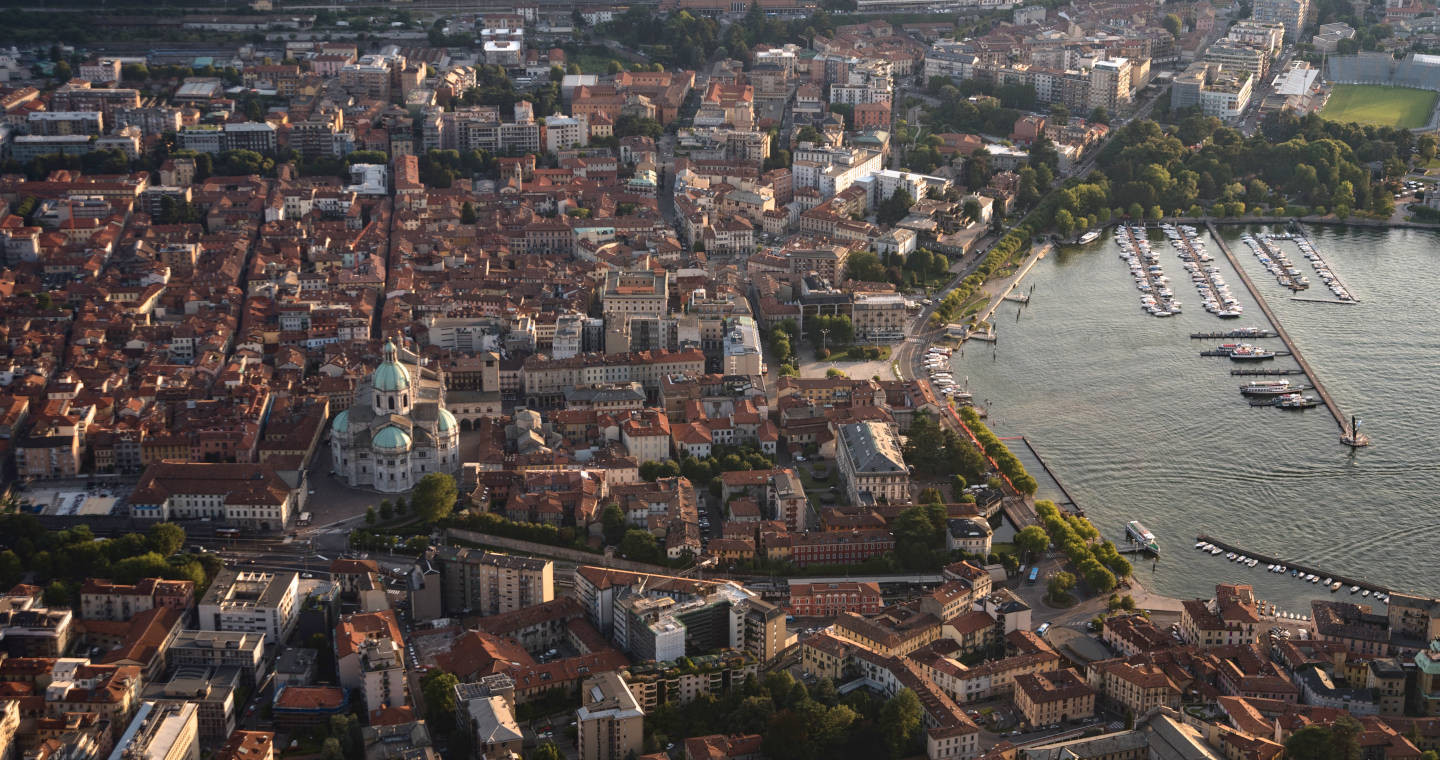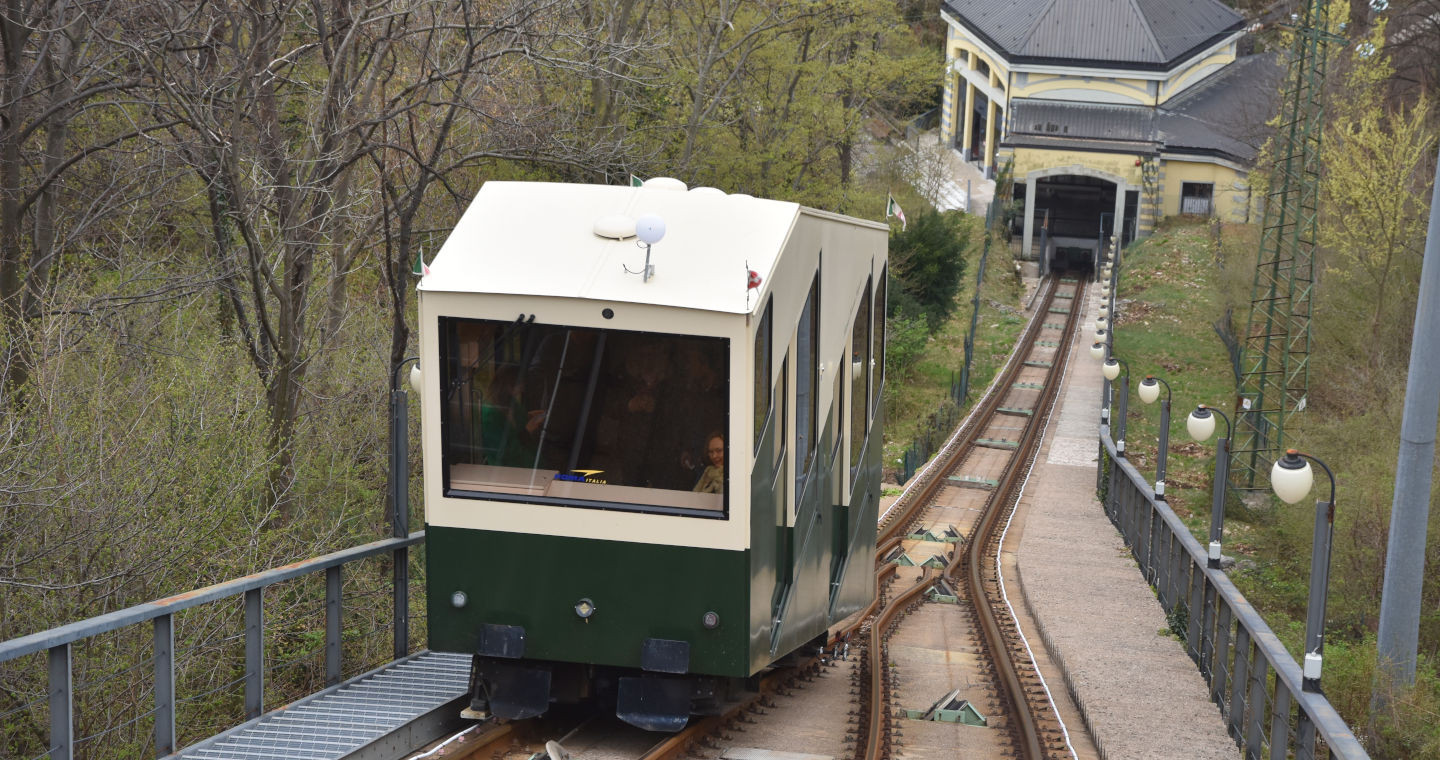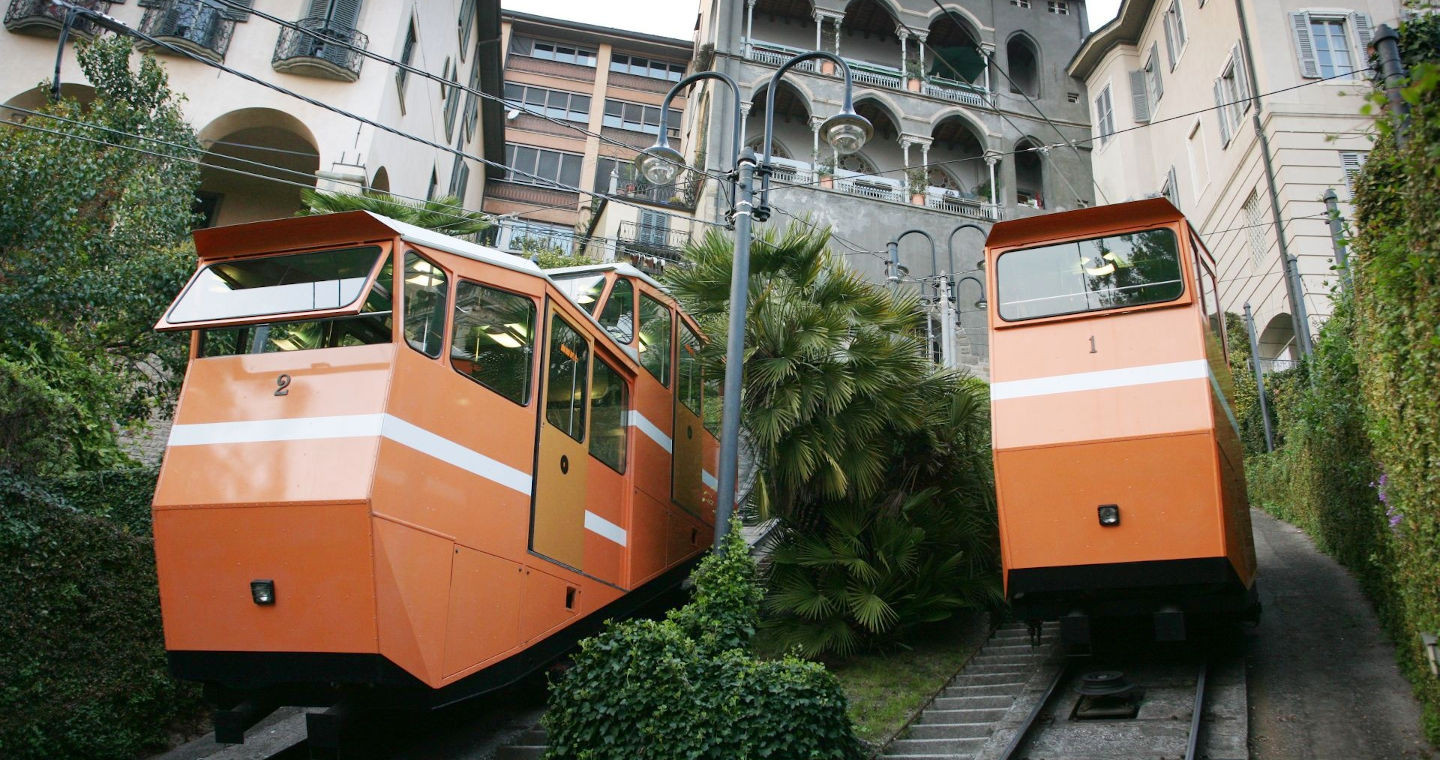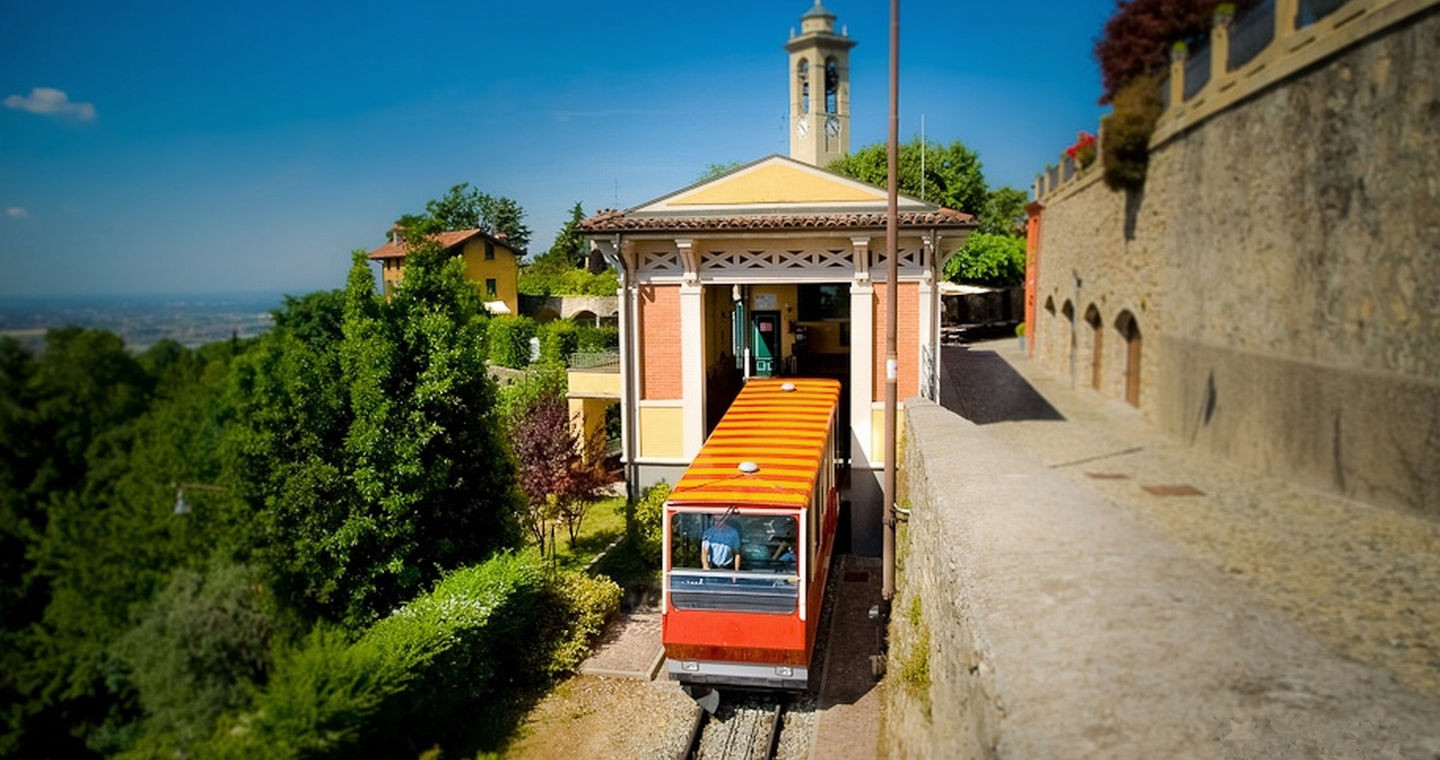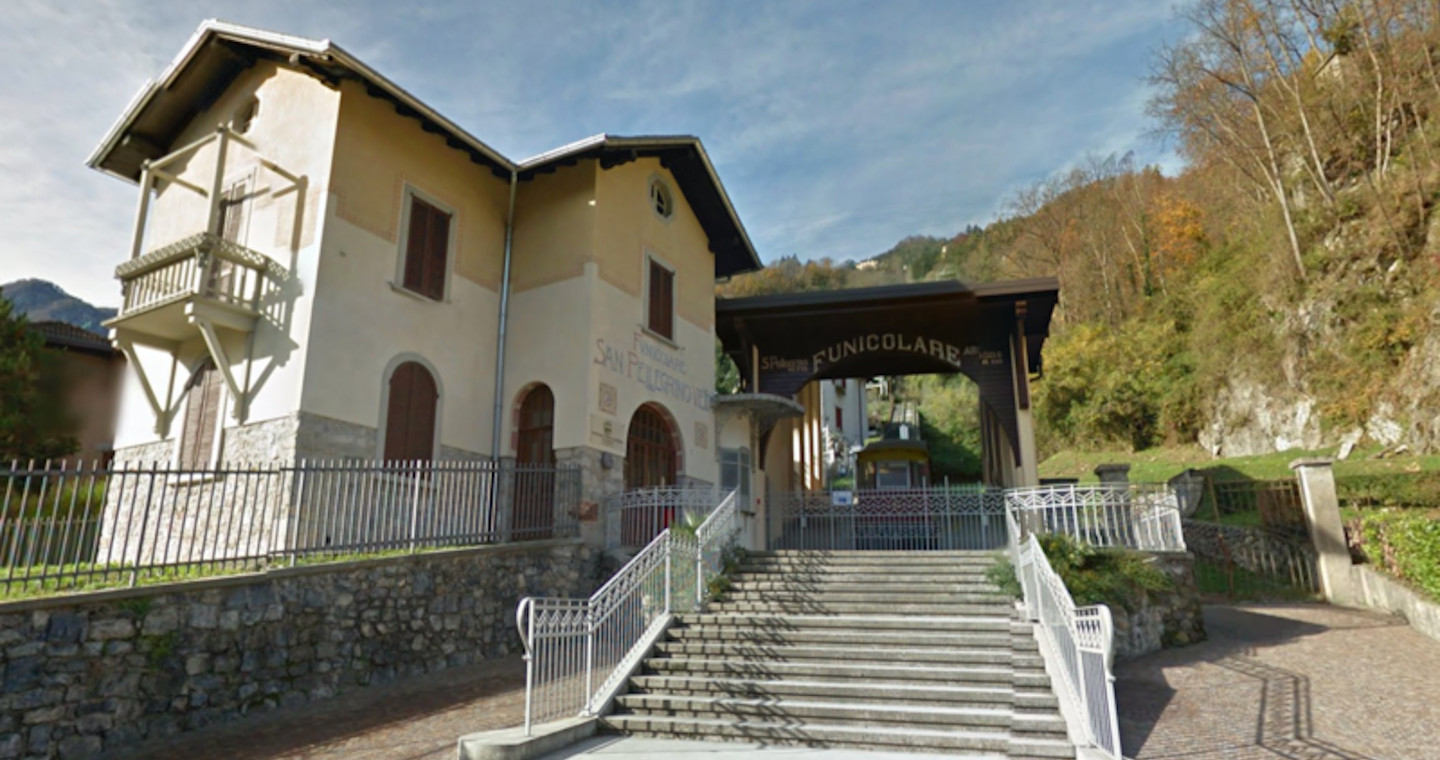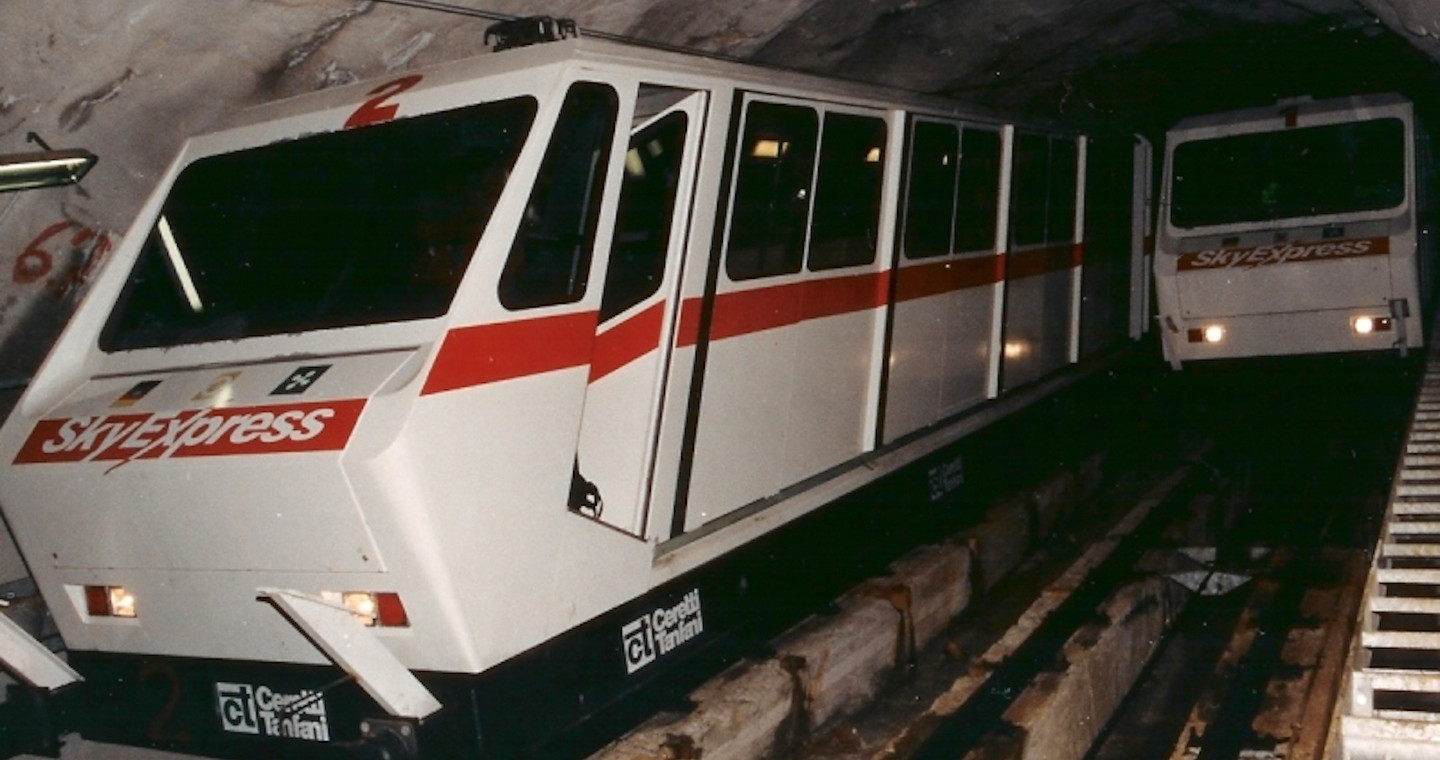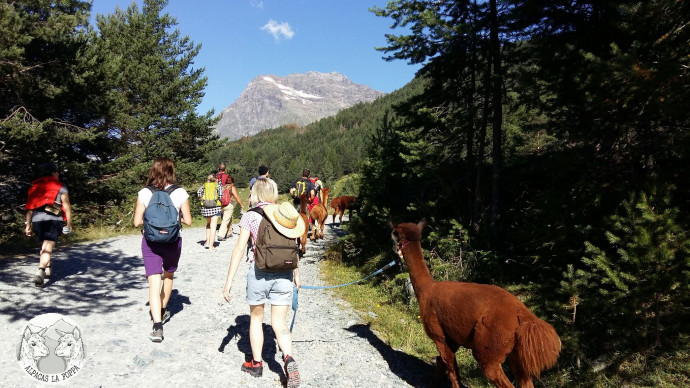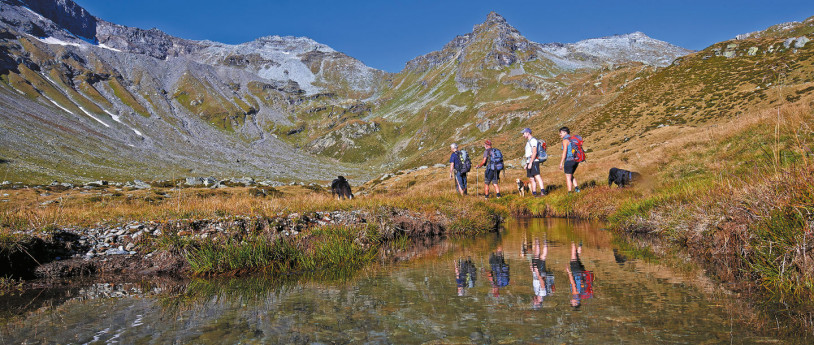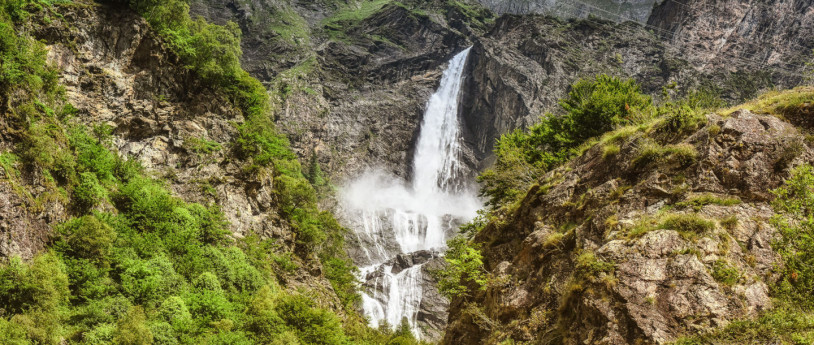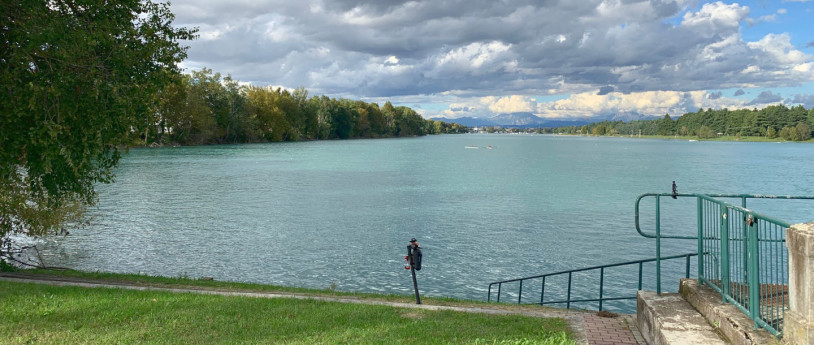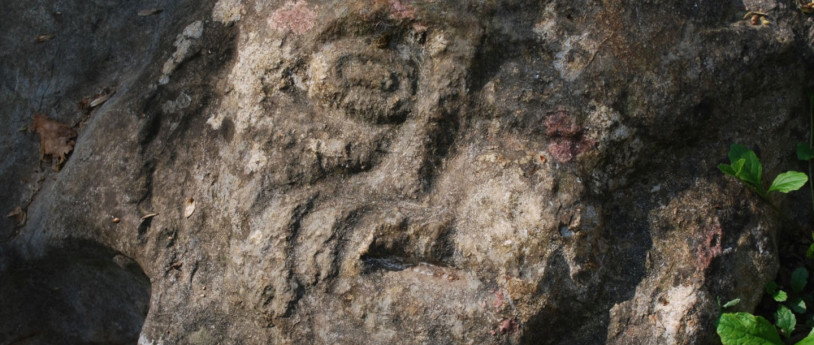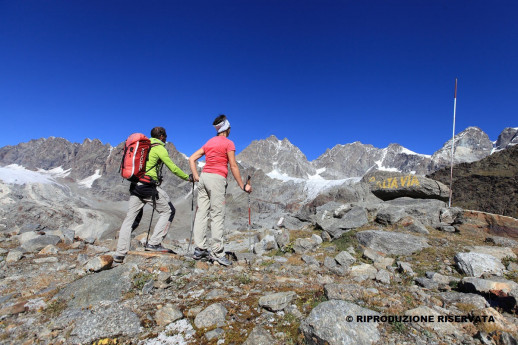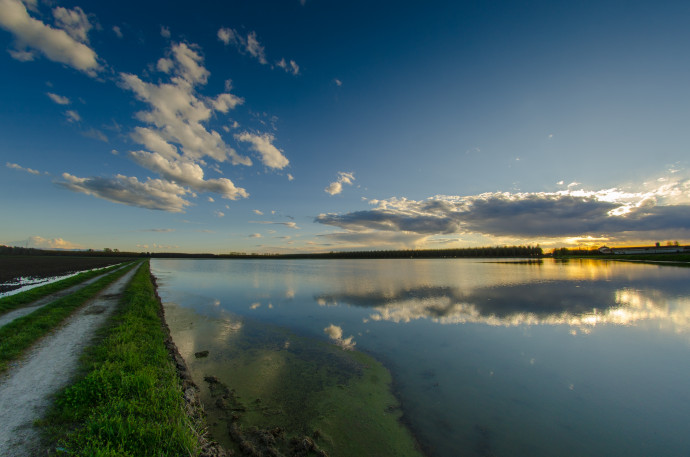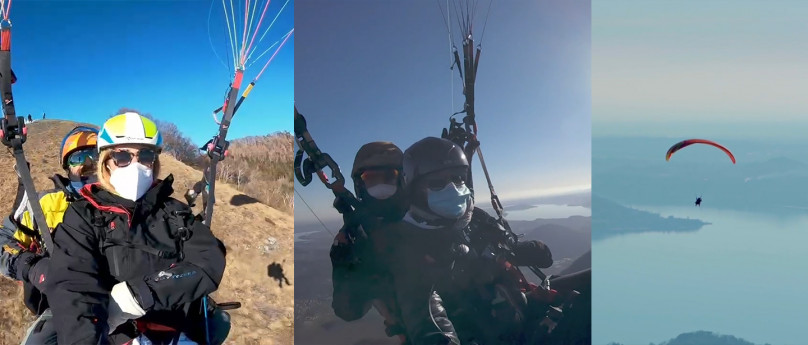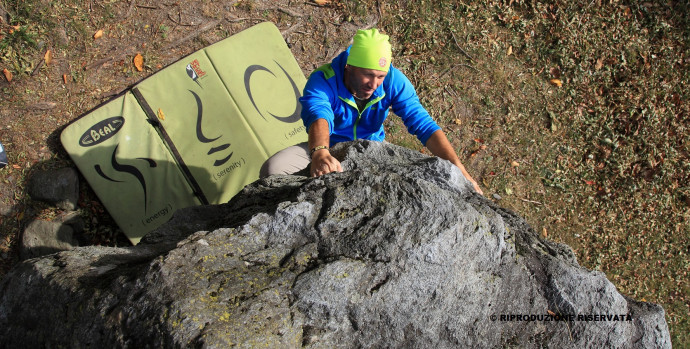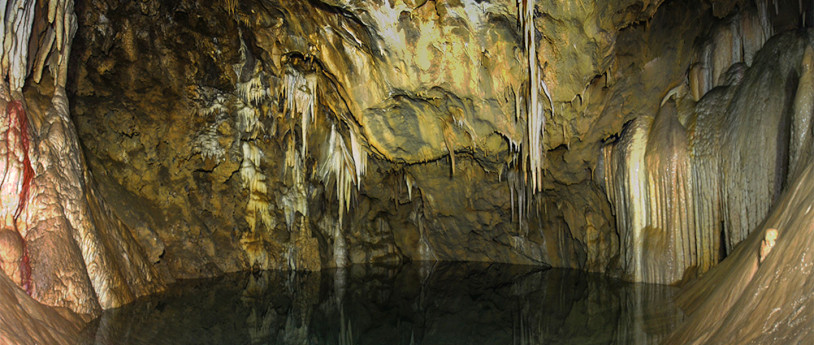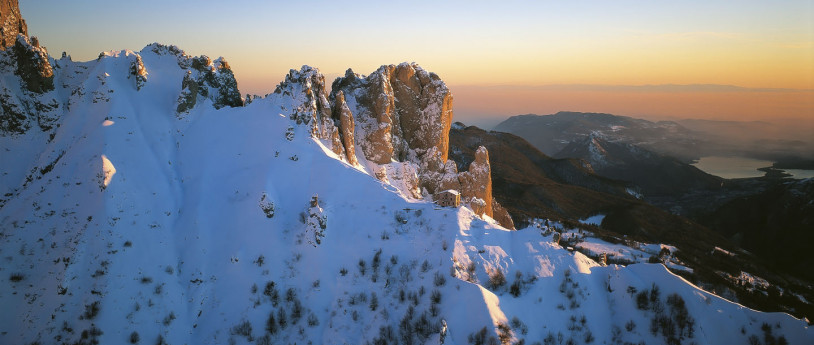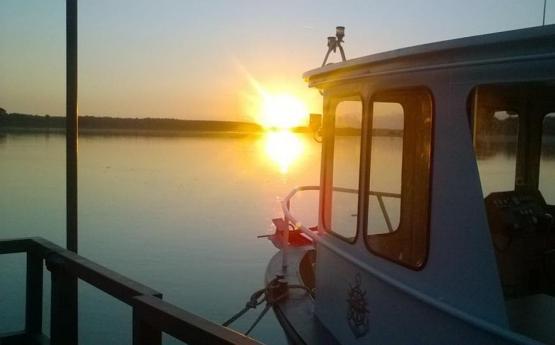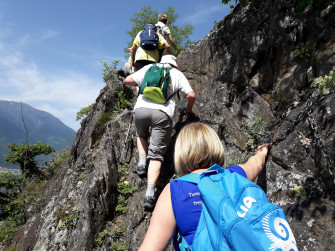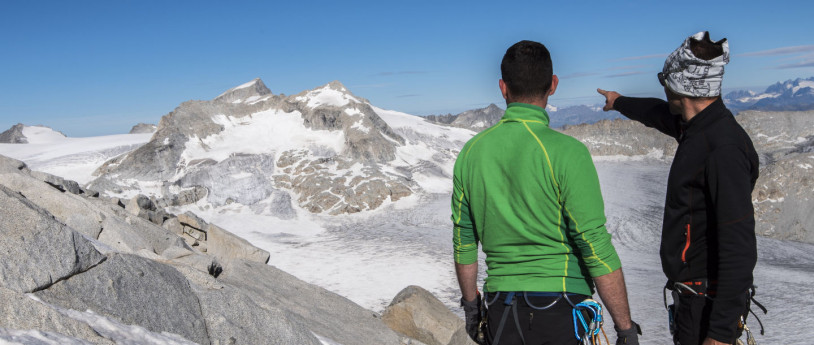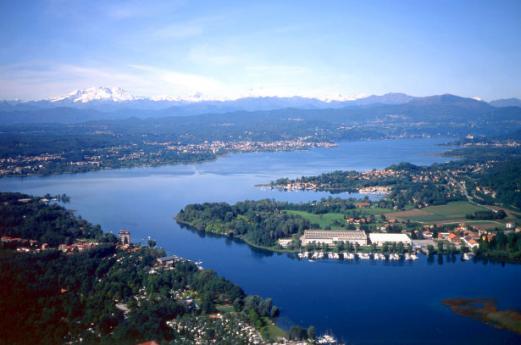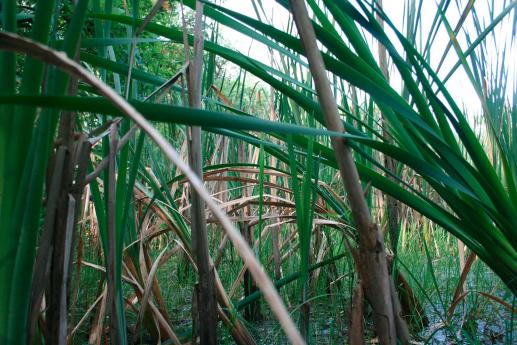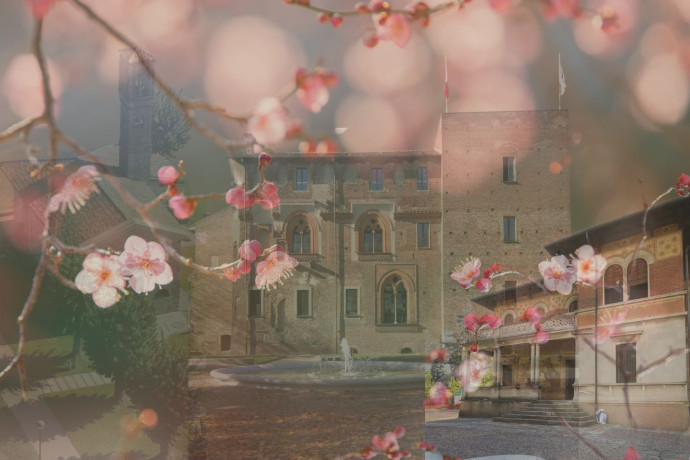- Active & Green
- Lifestyle
Up and down on a funicular: the panorama seen from the sky
Convenient for travelling, spectacular vehicles that offer privileged views of the landscape, these 6 funiculars in Lombardy tell historic and fascinating stories.
Between functioning and disused plants, Lombardy boasts more than 15 funiculars. The most famous that is in full operation, are those in the city of Bergamo and Como-Brunate. But there are also less famous ones, just as deserving of a trip to admire from their cabins, in the open sky, the views over Lombardy and the labyrinthine streets of the cities. From the mountain stations, then, after a stop at the panoramic terraces that offer a gorgeous view, you can continue your excursion in the surroundings, which often offer monumental jewels and period architecture, itineraries and trails for one-day excursions in the air open, totally dedicated to relaxation.
A story that dates back to the late nineteenth century
What exactly is a funicular railway and how does it work? Mainly used for local public transport, it connects city districts characterized by a significant difference in height but also represents a tourist attraction, certainly the most romantic man has created! Its large cabins that move on one or more tracks are not towed by a locomotive, like a train: instead the traction is a rope, a very effective solution on steep journeys and short distances. Convenient for getting around, but also spectacular, in our daily life full of frenzy and speed, the funicular railway offers a completely relaxing experience. It is in fact a fairly slow progress, about 180 meters per minute, almost 11 km per hour. Make yourself comfortable and admire the view from its large windows, overlooking the beauty of Lombardy.
Lake views
Since 1894, the Como-Brunate funicular, one of the most famous in Italy, has joined the city and the hilltop village, 700 meters up. Just over a kilometer long, it makes 4 stops, overcoming a drop of almost 500 meters, with a slope (steepness) of 55%. Consider that if a stretch of horizontal road has a slope of 0%, a climb that forms an angle of 45% with the horizon has a slope of 100%. The whole journey takes 7 minutes. Two carriages, nicknamed bruCO and BRUco, are 13.40 meters long and come equipped with 80 passenger seats. Along the way, you can admire the cannon of Mezzogiorno: installed in 1912, punctual at midday, it fires a blank shot. The Liberty-inspired interiors have seats with oak inserts and accessories in bronzed brass.
From the panoramic window, along a path of just over a kilometer, you can admire the panorama of Lake Como. Next to the arrival station, the Belvedere, and not far away, the Faro Voltiano (Volta Lighthouse) on the summit of Monte Tre Croci. The effort to climb the 140 steps is rewarded by a wonderful view, which on the best days encompasses the entire western Alps, the Po Valley and the Apennines: a unique spectacle, which has earned Brunate the title of Balcony of the Alps. If you wish, you can return to Como on foot, following the path that passes through the hermitage of San Donato.
Let's move to Varese, another truly enchanting destination: the Sacro Monte. Here the historic Vellone-Sacromonte funicular, inaugurated in 1909, takes us up in a few minutes. Its very limited distance - about 400 meters - takes a few minutes, but leads to a place that is unmissable: the Sacro Monte di Varese, a historic sanctuary consisting of 15 seventeenth-century chapels dedicated to the Madonna and a Unesco site since 2003, located 800 meters high. The funicular covers an altitude difference of 167.4 meters, with a gradient of 56.5%.
Val Brembana seen from above
The funicular town of Bergamo Alta from 1887 connects the center (viale Vittorio Emanuele) with the upper city (Palazzo Rota then Suardi, in Piazza Mercato delle Scarpe), crossing the ancient Venetian walls. A regular means of transport used daily by the citizens of Bergamo, it has a two-track system just under 250 meters long, is divided into two funiculars with independent cars and covers an altitude difference of 85 meters, with a 52% gradient.
Once you reach Bergamo Alta, you can continue your journey on the second funicular of the Orobic city: the Bergamo San Vigilio funicular, which from Porta S. Alessandro leads to the Colle di San Vigilio, where the medieval castle of the same name is located, at an altitude of 450 meters. It came into operation in 1912, has only one car that works as a shuttle, is 650 meters long and the ride lasts a few minutes. The difference in height is 90 meters, with a maximum slope of 22%.
To mark on the agenda: the San Pellegrino Terme funicular
Staying in Val Brembana, we cannot fail to mention the famous San Pellegrino Terme funicular, opened in 1909 to connect the town with the hamlet of Vetta, on Pizzo del Sole (650 meters high) and enhance the thermal and tourist industry of the territory . Decommissioned in 1989, the facility - 750 meters long and with a slope of 55% - will be reopened next autumn and is worth a visit, to admire, downstream, the Grand Hotel, the Casino and the spa; upstream, the Liberty villas of the exclusive residential area and the Hotel Vetta, which date back to the early twentieth century.
A separate case: the underground funicular
The Campo Dolcino funicular, in Val Chiavenna, is a case in itself: it is in fact the most recent construction (1996) and is completely underground. Also known as the Sky Express, it runs underground from the 1,082 meters of the valley station up to the 1,721 meters of the Motta hamlet upstream, a very popular winter sports area. One and a half kilometers long, it has a slope of 51% and can carry around 2,500 passengers per hour.
